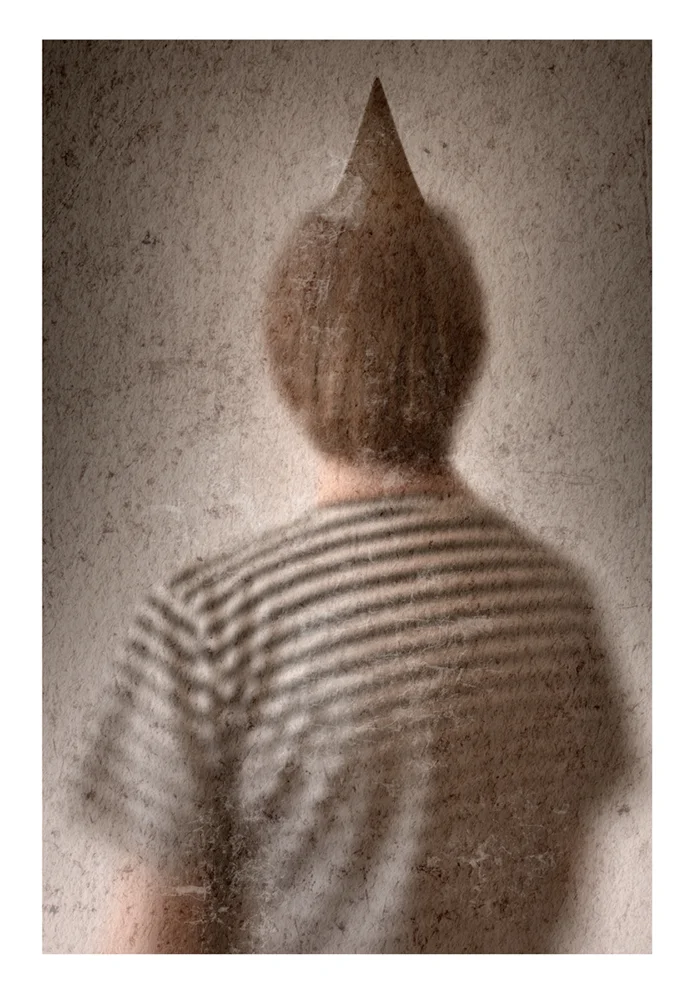The photographer: a tireless seeker of moments, a pursuer of light and shadow. Is he a witness or a creator? Capture what is or invent what could have been?
His search never stops, because there is always another story to discover, another image to unearth. Perhaps, deep down, what he is after is not only a perfect image, but the trace of himself in each photograph. The blurry, sepia and b/w images have an almost ghostly quality, as if they caught the eco of a time that no longer belongs to as. They suggest more than they show, leaving room for imagination and nostalgia. The warmth of another era hides in the faded tones of sepia; in the contrast of b/w, light and shadow tell stories of absences and presences that never completely stop. The superimposed images add another layer of mystery. Figures that blend, faces that duplicate, landscapes that merge in a single impossible instant. They are fragments of memories that intersect, as if memory itself played with its own limits.
In these images, the past and the present merge, creating a reality that never completely existed, but that, in some way, we feel like ours.
Awarded Photographer of the Week - Week 06
